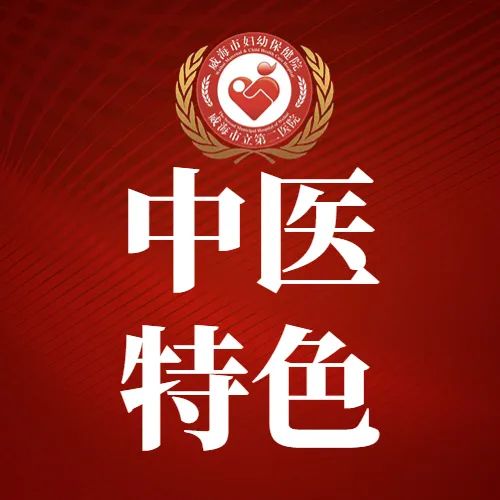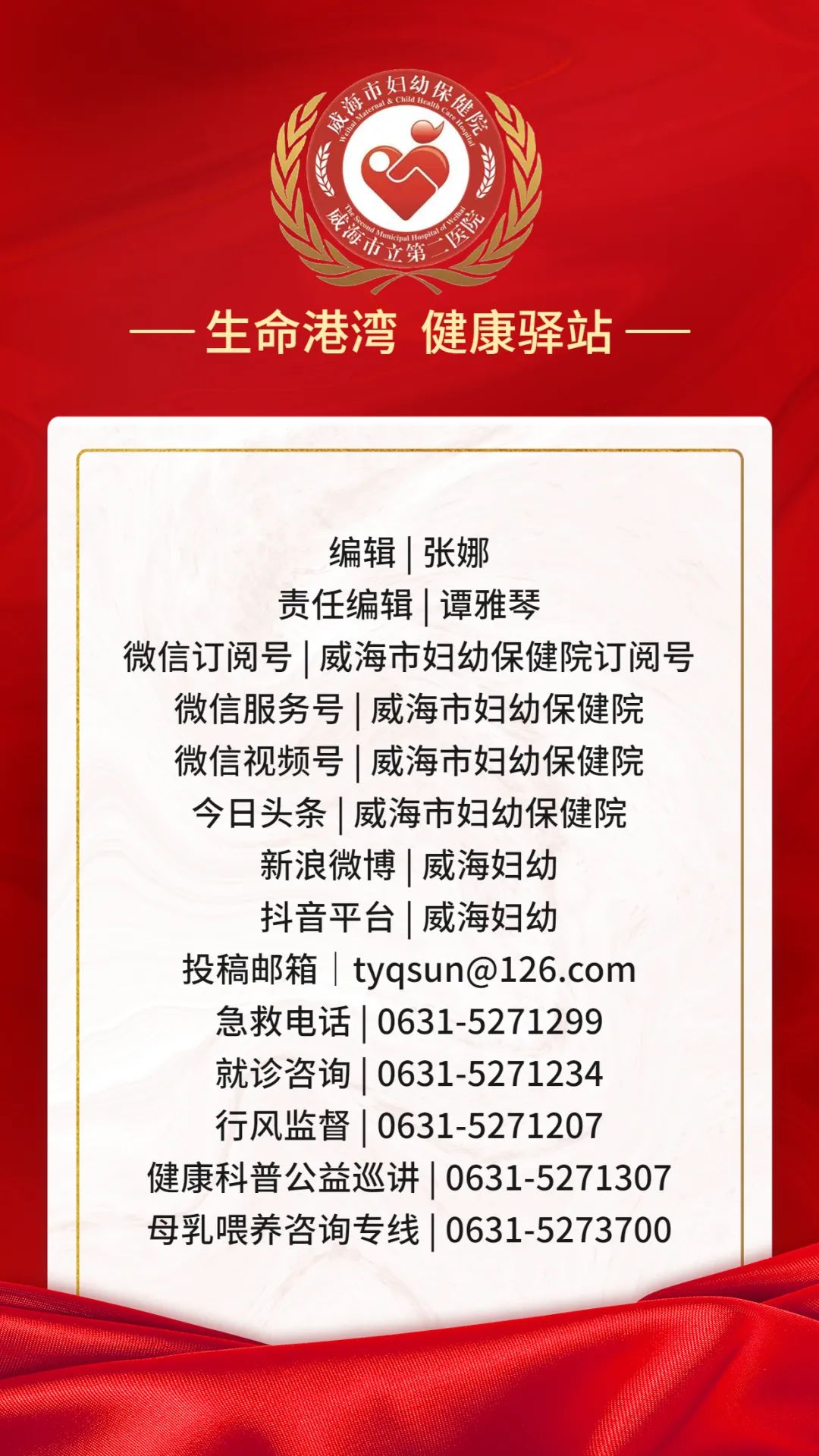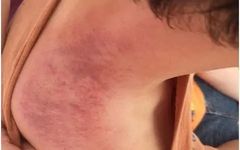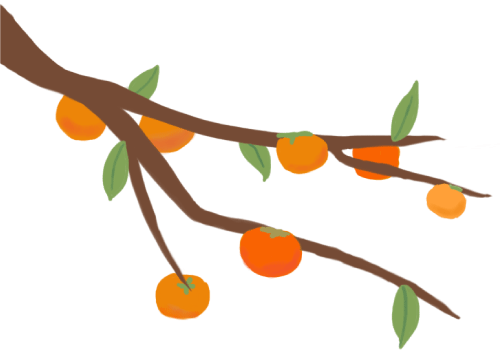
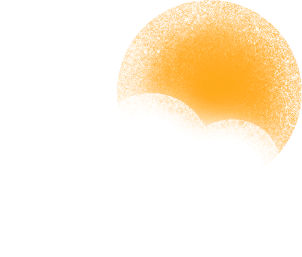
Gua Sha
Traditional Chinese Medicine Health Care
Gua Sha is guided by the theories of TCM organ and meridian systems, and is one of the components of TCM therapy. It involves the repeated scraping, pressing, pulling, and pinching of specific areas or acupoints on the skin surface using smooth hard tools (such as a Gua Sha board) or fingers dipped in Gua Sha oil, causing local skin redness, congestion, or petechiae as a therapeutic method.
Traditional Chinese Medicine Gua Sha
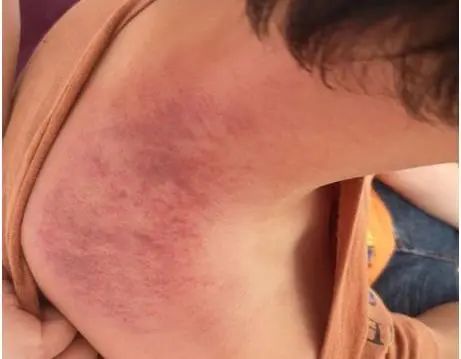
TCM Gua Sha is based on the twelve meridians and the eight extraordinary meridians, following the principle of “treating the symptoms first in urgent cases”. It employs strong manual stimulation of the meridians to achieve effects such as awakening the spirit, detoxifying, promoting blood circulation, unblocking meridians, clearing heat and resolving exterior conditions, moving Qi and alleviating pain, and adjusting Yin and Yang.
Modern medicine believes that Gua Sha can improve local blood circulation, accelerate cellular metabolism, promote the expulsion of toxins from the body, and provide nutrition to tissues and cells, thereby enhancing the body’s immunity. The meridians connect the organs and communicate internally and externally, serving as pathways for the circulation of Qi and blood throughout the body, and are an important component of human structure, first mentioned in the Huangdi Neijing (Yellow Emperor’s Inner Canon). Gua Sha achieves the effects of unblocking meridians, moving Qi and invigorating blood, and adjusting organ functions through beneficial stimulation of the skin, resulting in the appearance of red millet-like or dark red petechiae known as “Sha”.

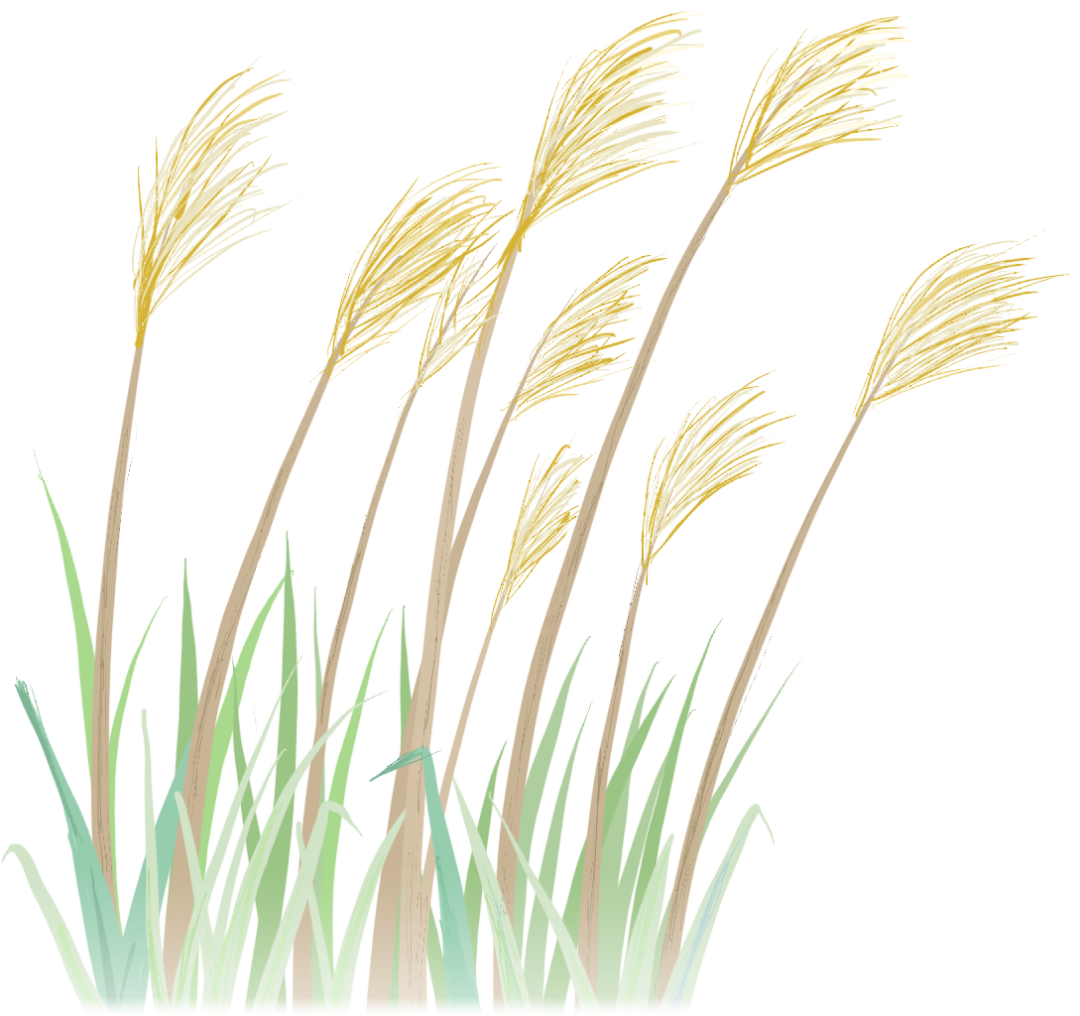

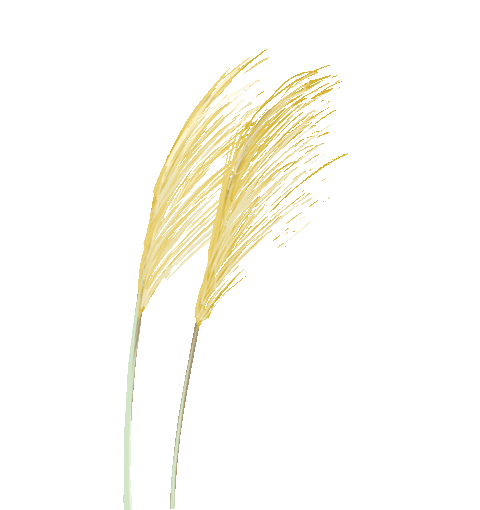
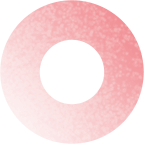
Three Techniques of Gua Sha
Supplementing Technique
Light stimulation with shallow action and slow speed, which excites skin cells;
Draining Technique
Heavy stimulation with deep action and fast speed, which inhibits skin cells;
Balanced Supplementing and Draining Technique
Intermediate between the two.





Common Diseases Treated
Common cold, heat stroke, insomnia, acne and other heat syndromes, neck, shoulder, waist, and back pain, and preventive health care.
Traditional Chinese Medicine Gua Sha
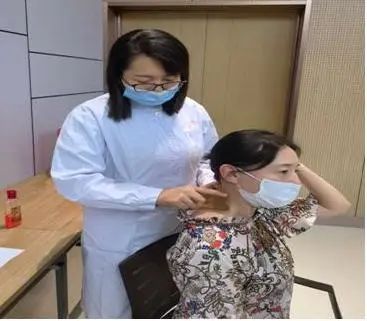
Common Cold
Using acupoints (Dazhui, Fengmen, Feishu, Jiajiao, etc.), apply Gua Sha technique with scallion and ginger juice or Wan Hua oil on the local skin of the acupoints. The practitioner holds the Gua Sha board and scrapes from top to bottom with even and gentle force, with each treatment lasting about 15 minutes. After scraping, provide warm water or ginger juice with sugar to induce sweating and resolve the exterior. Treatment is done once every other day.
Heat Stroke
First scrape the Fengfu point at the back of the neck down to the Yamen point, from top to bottom, using the corner of the scraping board, 30 times until “Sha” appears. For Dazhui, after needling, press the area to accumulate blood at the needling site, then disinfect as usual. Use the left hand to pinch the needling site or acupoint with the thumb, index, and middle fingers, while the right hand holds the needle, quickly inserting it 1-2 cm deep, then immediately withdrawing the needle and gently pressing around the needle hole to allow a small amount of bleeding, followed by applying a disinfected cotton ball to the needle hole. Then scrape the bladder meridian points on the back, which are 1.5 inches and 3 inches away from the midline of the back, scraping from top to bottom, 30 times until “Sha” appears. Finally, scrape the Neiguan point on the inner side of the upper limbs and the Hegu point on the back of the hand, each 30 times until “Sha” appears.
Insomnia
In a sitting position, apply Gua Sha medium to the scraping area, scrape the Baihui point on the head for three minutes with moderate force, then scrape the neck and back until erythema appears, and finally scrape the acupoints on the hands and feet until local redness appears. Repeat every three days, with five sessions as one treatment course. If the patient has psychological factors, psychological counseling should be provided. Avoid alcohol and smoking before bed, excessive mental work, and maintain good lifestyle habits with appropriate exercise.
Low Back Pain
Scrape along the Du meridian and the first and second lateral lines of the bladder meridian, as all three meridians pass through the lower back. Use the Gua Sha board to scrape repeatedly from top to bottom until obvious “Sha” marks appear, which can unblock the meridians, dispel cold and dampness, and treat low back pain. Combine with distal acupoints, commonly used such as Weizhong point. The Weizhong point belongs to the bladder meridian and is located at the midpoint of the popliteal fossa. Gua Sha can also be performed on both sides of the Weizhong point until obvious “Sha” marks appear.





Precautions for Gua Sha
1. Severe organic diseases and coagulation disorders, as well as pregnant women should not undergo Gua Sha on the lumbar and abdominal areas (navel).
2. Gua Sha is not suitable during extreme hunger, excessive fatigue, or after a full meal.
3. Patients with bleeding tendencies or severe conditions, such as stroke, hypertension, or acute infectious diseases, should not be treated with Gua Sha.
4. Newly fractured areas; skin with ulcers, injuries, or inflammation at the scraping site; elderly and weak individuals, fasting, and pregnant women should not undergo Gua Sha on the abdomen, nor should women during menstruation.
5. Gua Sha treatment still requires TCM syndrome differentiation analysis to avoid adverse reactions; it is recommended to consult a professional hospital in a timely manner.
TCM Service Phone
5271248, 5271247



